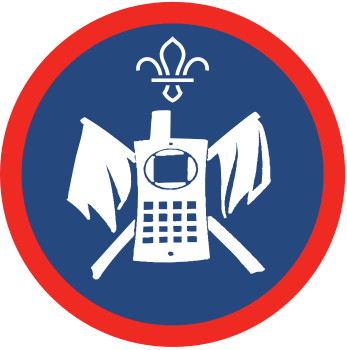
Take on a communication challenge
You’ll need
- Task cards (see below)
- Challenge cards (see below)
- Bowls or containers for the cards
- Stopwatch or timer (optional)
Before you begin
- Use the safety checklist to help you plan and risk assess your activity. There's also more guidance to help you carry out your risk assessment, including examples.
- Make sure all young people and adults involved in the activity know how to take part safely.
- Make sure you’ll have enough adult helpers. You may need some parents and carers to help.
Planning and setting up this activity
- Write out some simple tasks on slips of paper. For example, ‘Get in a line in height order’ or ‘Everyone needs to put their hands on their head’
- Write different communication challenges on separate pieces of paper. For example, 'You can’t speak’, ‘You can only use words that start with B’, ‘You can use sounds, but no words'
- You’ll need at least one type of each card for everyone playing. You can repeat phrases.
- Place the task cards in bowl and the communication challenge cards in another.
Running this activity
- Gather everyone together and explain that people will take it in turns to be the leader. You’ll need good communication skills in this game.
- The person who’s the leader will need to choose a task card and a challenge card. The task card will give the leader an action that they need to tell the whole group to do, such as everyone crouching down or jogging on the spot. However, they can’t just simply tell the group. The challenge card will mean that they can only communicate their message in different ways, such as only by whispering or only by pointing.
- The first person should pick the two cards, then try the task.
- Keep going, until everyone’s had a go being the leader.
- If you want to make it harder, try doing the challenges against the clock and see if you can complete them before time’s up.
Reflection
This activity was all about communicating to others, being a good leader, problem-solving and thinking about a challenge in creative ways to get your message across. What did you like about this activity? Which task was the hardest and which was the easiest, and why? And which communication challenge do you think was the hardest or easiest, and why? There was lots of problem-solving and creativity needed. How did you or someone else think differently or creatively to solve the challenge?
This activity involved communication. Which method was the most fun? How did it feel to convey a message without using your usual way of communicating? What did you learn about different ways of sharing information?
You may have had to be a leader and tell the group what to do. What do you think makes a good leader? Did anyone show these skills? What did you like about how you or others led the team? What worked well and what could be improved? Did you copy anyone else’s methods after seeing they worked well? Leaders also need to be able to say well done and praise their team. Did you say well done or congratulate your team after doing the challenge?
Safety
All activities must be safely managed. You must complete a thorough risk assessment and take appropriate steps to reduce risk. Use the safety checklist to help you plan and risk assess your activity. Always get approval for the activity, and have suitable supervision and an InTouch process.
- To make this activity easier, people could do this task in pairs.
- To make this activity harder, you could use two challenge cards to make it even harder to communicate.
Make it accessible
All Scout activities should be inclusive and accessible.
If you enjoyed this activity, try our other activities from Get into teaching
Young people could think of the tasks or challenges to do.

